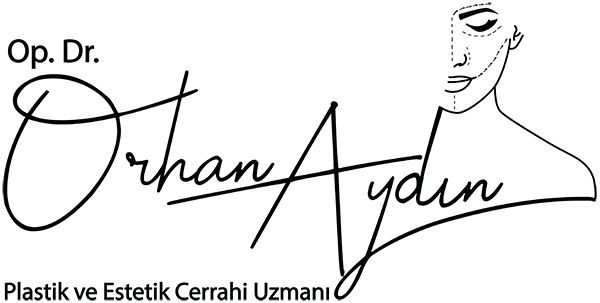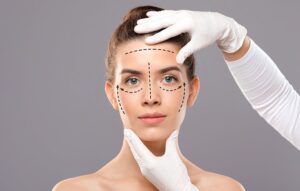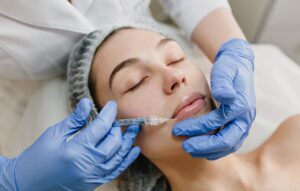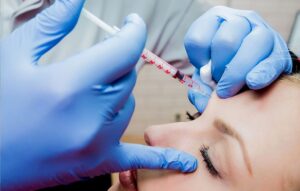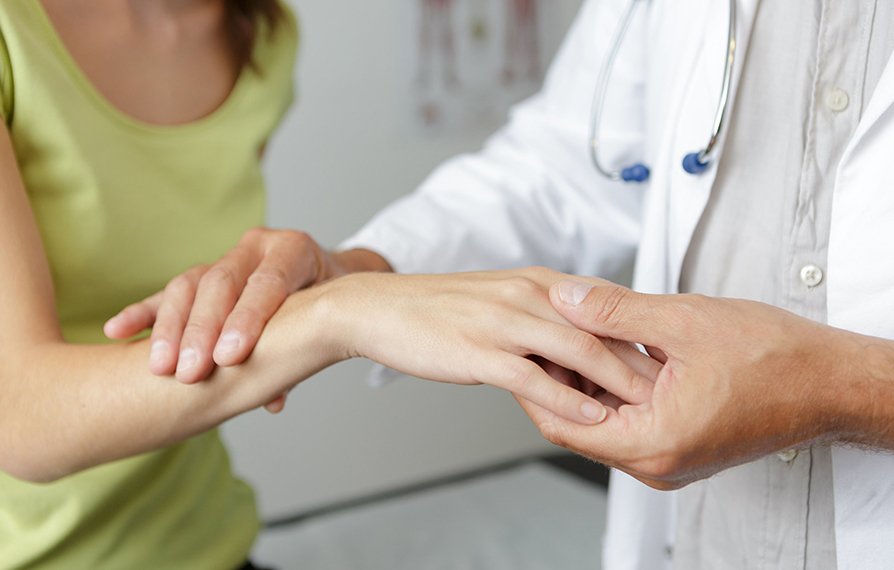
What is Hand and Upper Extremity Surgery?
Hand surgery is a medical field that deals with the diagnosis and treatment of diseases and injuries affecting the hand and upper extremity (hand, wrist, forearm, elbow, and shoulder regions). Additionally, injuries to the lower extremity (thigh, leg, and foot regions) are also evaluated within the scope of hand surgery. This branch offers expert solutions for conditions such as vascular, nerve, and tendon repairs, congenital anomalies, and brachial plexus injuries.
Hand surgery is often performed alongside microsurgical techniques. Using a microscope, delicate repairs of nerves, tendons, and blood vessels can be achieved.
What is Microsurgery?
Microsurgery is a surgical technique performed using a surgical microscope or specialized magnifying glasses. With this method, delicate structures like blood vessels, nerves, and fibers, which are difficult to see with the naked eye, can be treated precisely. The primary areas where microsurgery is applied include:
- Reattachment of severed fingers and limbs.
- Nerve and tendon repairs.
- Composite tissue transfers (muscle, skin, and blood vessels).
Applications of Microsurgery
- Finger and limb amputations
- Tendon and nerve transfers
- Repairing tissue and muscle losses
- Palmar injuries
What Are Hand Surgery Diseases?
When examining the scope of diseases treated in hand surgery, they can be detailed as follows:
1. Hand, Wrist, and Forearm Injuries
A. Finger and Limb Amputations
Amputations involving the hand, fingers, forearm, arm, foot, or leg are critical conditions requiring surgical repair. The nature of the injury and the extent of the damage influence the treatment approach.
B. Arterial, Nerve, and Tendon Injuries
- Arterial cuts: May lead to blood loss and tissue death.
- Nerve cuts: Cause loss of movement and sensation.
- Tendon cuts: Prevent the transmission of muscle strength to the bones.
C. Fractures and Dislocations
Fractures and dislocations in the hand, wrist, forearm, and elbow fall under the domain of hand surgery.
2. Nerve and Tendon Compression
A. Carpal Tunnel Syndrome
This condition, caused by compression of the median nerve in the wrist, leads to numbness and weakness in the first three fingers. Surgical release methods may be used for treatment.
B. Cubital Tunnel Syndrome
Compression of the ulnar nerve at the elbow results in numbness in the fourth and fifth fingers.
C. De Quervain’s Tenosynovitis
Occurs due to compression in the tendons that move the thumb. Advanced cases may require surgical intervention.
D. Trigger Finger Syndrome
This involves catching and pain in finger movements caused by tendon compression.
3. Tumors and Tumor-Like Conditions
A. Ganglion Cysts
These cysts in the wrist can be removed surgically.
B. Dupuytren’s Disease
Causes contractures in the palm. It can be controlled with surgical treatment.
C. Benign and Malignant Tumors
Tumors originating from tendons, bones, and soft tissues require multidisciplinary treatment.
4. Rheumatic and Infectious Diseases
Rheumatic diseases and conditions such as arthritis and tendinitis triggered by microorganisms are areas of interest in hand surgery. Surgical intervention may be required for advanced deformities.
5. Congenital Anomalies and Birth Injuries
Conditions such as extra fingers (polydactyly) and fused fingers (syndactyly) are treated with surgical interventions. Clavicle fractures resulting from difficult births are also addressed within the scope of hand surgery.
